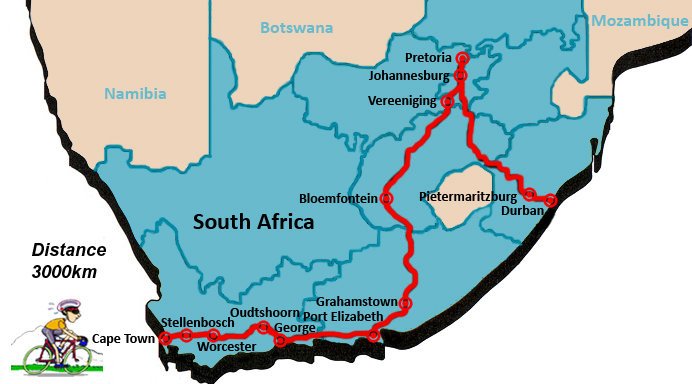 90x2030 website |
 |
 Climate Challenge Home Climate Challenge Home Challenge Events Challenge Events Climate Change Pledge Climate Change Pledge Blog and Gallery Blog and Gallery eZee Electric Bicycle eZee Electric Bicycle Sponsors Sponsors Climate Change Fact Sheet Climate Change Fact Sheet Contact Contact Bending the Curve Bending the CurveChallenge Route  Kindly sponsored by:
|
Climate Change and Global Warming Fact Sheet
Things you need to knowWhat is climate change?Climate change refers to the long term changes to the planet’s climate. This includes the changes in the average temperature and precipitation. What is the difference between climate change and global warming?Global warming refers to the increase in the average surface temperature on Earth, due to the increasing amount of greenhouse gases in the atmosphere. What is the greenhouse effect?The greenhouse effect is a warming effect on Earth’s surface, produced by greenhouse gases (methane, carbon dioxide, ozone, water vapour and nitrous oxide). These gases form part of the Earth’s atmosphere, which helps to trap some of the heat from the sun. The heat is then redistributed around the globe through the circulation of oceanic currents. Without these gases, the planet would be 30 ?C colder than it is today. What is the enhanced greenhouse effect?As the concentrations of greenhouse gases released into the atmosphere continues to rise, more heat from the sun will be trapped ?‘enhancing?the natural greenhouse effect. Processes such as the burning of fossil fuels (petrol, gas and oil), and deforestation release greenhouse gases into the atmosphere. What is likely to happen if global warming continues?Global warming is causing a shift in temperatures, the timing of seasons, rainfall patterns, sea level rises and in some cases, resulting some animals to relocate to cooler climates and people moving to higher grounds. These shifts and changes will increasingly affect how and where we live, and how we grow food. Drastic changes will need to be made, in order for us to survive. How do we tackle global warming?There are many ways in which we can tackle and manage the climate crisis and its impacts. These can be divided into one of two categories. The first is mitigation (reduction) - the reduction of greenhouse gas emissions is essential and must begin now. This can be achieved at a number of levels, from reducing your use of resources (energy and waste) in your home through to lobbying for sustainable practices in businesses and in parliament. The second is adaptation ?adapting our behaviours and practices to accommodate for the climatic changes that have already taken place and those that will continue to take place. The climate deal ?Kyoto ProtocolIn December 1997, 184 governments agreed on “The Kyoto Protocol??the first international binding climate treaty. The protocol specifically targeted controlling the emission of greenhouse gases, while providing a framework for actions tackling climate change. The protocol came into effect in 2005, requiring 37 industralised nations to reduce their greenhouse gas emissions to 5 percent below the 1990 levels, between 2008 and 2012. The *New* climate deal ?CopenhagenAs the expiration of the Kyoto Protocol draws closer, preparations are taking place around to globe to establish/determine the next steps forward beyond Kyoto. The next round of global climate negotiations will take place in Copenhagen in December 2009. Over the past three years, preparatory meetings have been held to put in place a draft agreement for Copenhagen. It is hoped that this new agreement will be a more ambitious global climate deal that takes into account the lessons learnt from Kyoto; to establish and agree upon firm emission reduction targets based on scientific evidence, while providing just involvement from all nations (developed, developing and under-developed). |
|
|
Copyright © 2006-2012 Project 90x2030™. All rights reserved. |













